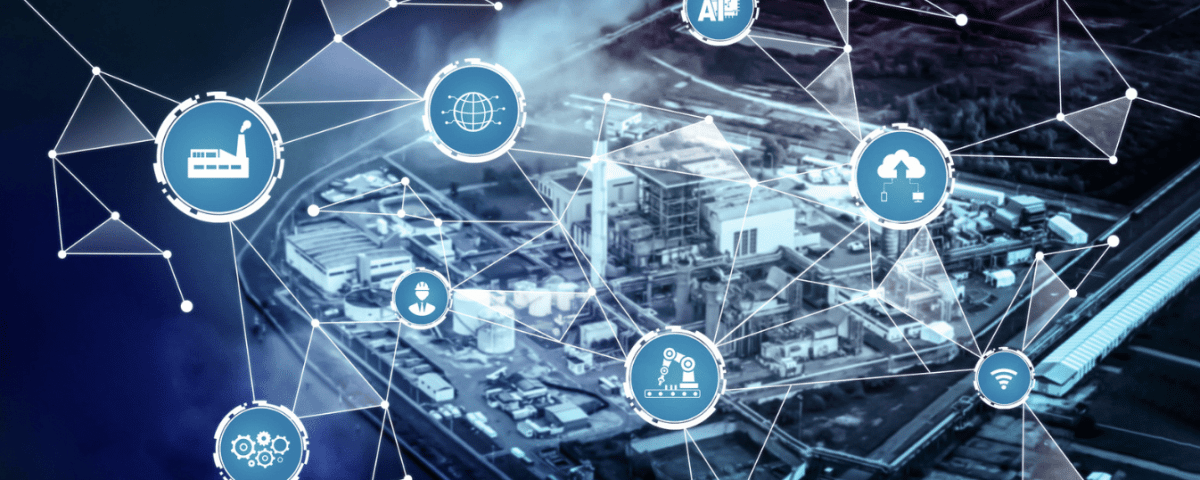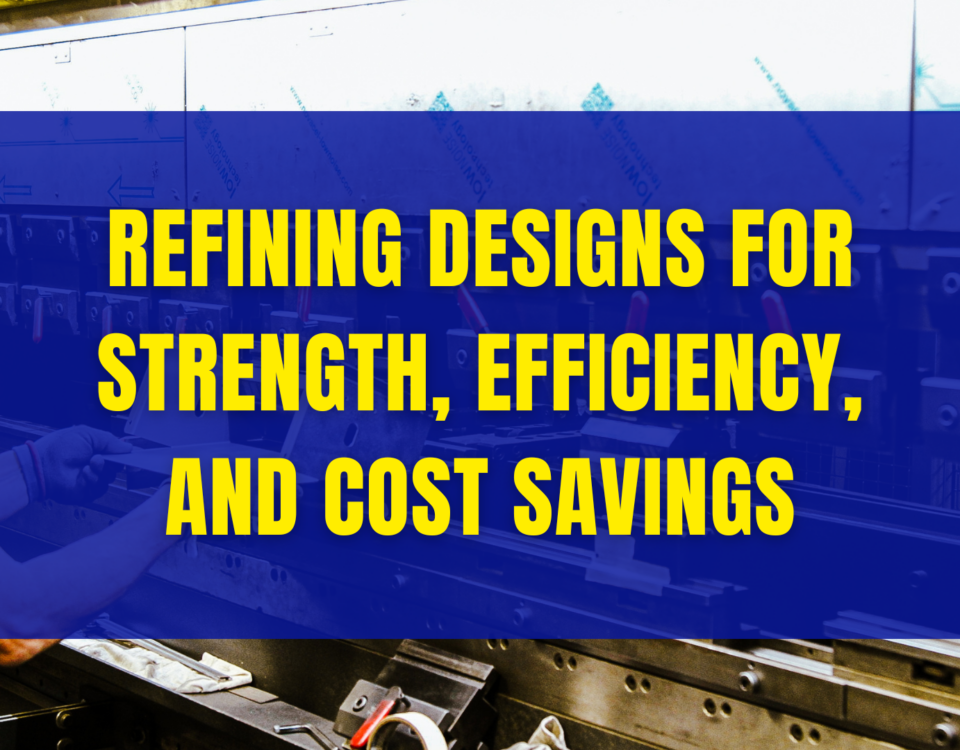
Laser Cutting Custom Mild Steel Panels
June 1, 2022
4 Types of Metals That Don’t Rust
August 1, 2022The Fourth Industrial Revolution started around 2015 and is characterized by a tendency toward automation and data sharing in manufacturing technologies and processes, including cyber-physical systems (CPS), the Internet of Things (IoT), cloud computing, artificial intelligence, and cognitive computing
Due to increased interconnection and smart automation, the Fourth Industrial Revolution, also known as Industry 4.0, conceptualizes fast change in technology, industries, and social patterns and processes in the twenty-first century. The word has been frequently used in scientific literature, and Klaus Schwab, the World Economic Forum’s Founder and Executive Chairman, popularized it in 2015. According to Schwab, the changes are more than merely efficiency gains; they represent a profound transition in industrial capitalism.
Through continuous automation of old manufacturing and industrial methods, the use of current smart technologies, large-scale machine-to-machine communication (M2M), and the internet of things (IoT), major alterations are taking place in how the global production and supply network runs, according to Wikipedia. Increased automation, improved communication and self-monitoring, and the usage of smart technologies that can evaluate and diagnose issues without the need for human interaction are all benefits of this integration.
AMS uses smart technologies and is constantly on the lookout for trends affecting the metal industry to better serve our customers. In fact, just last year we added two new Haas machines to increase our production capacity and they can be programmed to be self-automated.
Industrial Revolution History
If you take a look at how far the industry has come, it’s quite amazing. Its impact is profound – not just on society as a whole, but economically as well.
First Industrial Revolution
The utilization of steam and water power heralded the move from hand to machine manufacturing during the First Industrial Revolution. It took a long time for new technology to be implemented in the era between 1760 and 1840 in Europe and the United States. Its impacts were felt in the textile sector, which was the first to embrace such reforms, as well as the iron industry, agriculture, and mining, as well as societal repercussions such as a growing middle class.
Second Industrial Revolution
The Second Industrial Revolution, also known as the Technological Revolution, spanned the years 1871 to 1914 and was triggered by the construction of the vast railroad and telegraph networks, which allowed for quicker movement of people and ideas, as well as the introduction of electricity. As factories became more electrified, they were able to construct the modern production line. It was a time of rapid economic expansion and increased productivity, but it was also a time of high unemployment as many manufacturing employees were replaced by machines.
Third Industrial Revolution
After the end of the two world wars, the Third Industrial Revolution, (aka the Digital Revolution), began in the late twentieth century, resulting from a slowdown in industrialization and technical progress compared to prior times. A decade later, the Z1 computer marked the start of more advanced digital innovations. The supercomputer was the next big advancement in communication technology, and with the widespread use of computer and communication technologies in the manufacturing process, equipment began to replace the need for human power.
Fourth Industrial Revolution
The Fourth Industrial Revolution (aka the Imagination Age), started around 2015 and is characterized by a tendency toward automation and data sharing in manufacturing technologies and processes, including cyber-physical systems (CPS), the Internet of Things (IoT), cloud computing, artificial intelligence, and cognitive computing.


